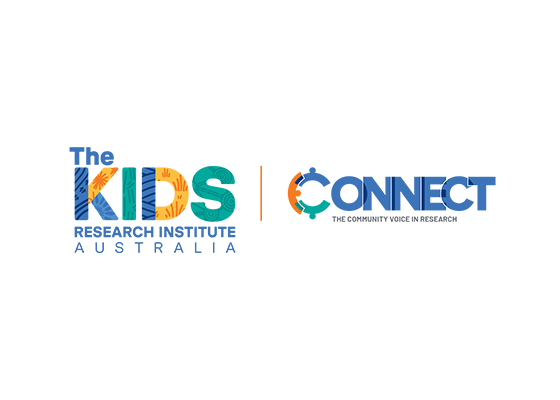Search

All students enroll for their degree through a university and undertake their research at the Institute under the supervision of an Institute researcher.

Following a youth community forum held in March 2016, The Kids Research Institute Australia established the first Youth Advisory Group to ensure that the research conducted about young people at the Institute, is influenced by young people.

Wendy Mum of two kids, Joshua and Julia. ORIGINS project member and trial participant. I discovered that my son was allergic to nuts.

Evelyn Age 18. Youth advocate, volunteer. Research is what leads to change. It presents countless possibilities for discoveries -

Amber Mum of four, Ethany, Xavier, Imogen and Adison. Co-founder of Tiny Sparks WA, Chair of Preterm Community Reference Group, Wal-yan Respiratory
Research
Feasibility of conducting an early pregnancy diet and lifestyle e-health intervention: The Pregnancy Lifestyle Activity Nutrition (PLAN) projectA lifestyle intervention starting in the first-trimester pregnancy utilising e-health mode of delivery is feasible
Research
The contributions of fetal growth restriction and gestational age to developmental outcomes at 12 months of age: A cohort studyDevelopmental assessment of infants with fetal growth restriction was mostly comparable to those born without fetal growth restriction at 12 months
Research
Exploring stakeholders' perceptions of the acceptability, usability, and dissemination of the australian 24-hour movement guidelines for the early yearsThis study examined stakeholders' perceptions regarding the acceptability, usability, and dissemination of the Australian 24-Hour Movement Guidelines
Research
Systems biology and big data in asthma and allergy: recent discoveries and emerging challengesWe describe recent "omic"-level findings, and examine how these findings have been systematically integrated to generate further insight
Research
Effects of UVR exposure on the gut microbiota of mice and humansBoth human and murine studies report that multiple exposures to sub-erythemal UV radiation can increase the diversity of the gut microbiome
